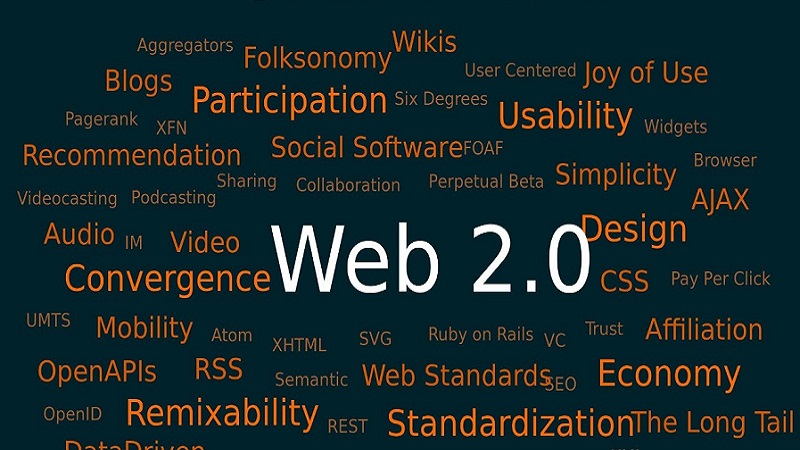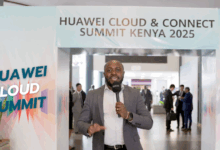Affects of Service Oriented Architectures and Web2.0 Phenomenon

Wikipedia/O’Reiley characterizes Web 2.0 as the “second era of Internet-based administrations” and keeping in mind that it is right, it does little to convey the significance of said progress. As utilized by its proponents, the expression “Web 2.0” alludes to one or more of the accompanying:
The progress of sites from disconnected data storehouses to wellsprings of substance and usefulness, accordingly getting to be processing stages serving web applications to end-clients
A social marvel grasping a way to deal with creating and circulating Web content itself, portrayed by open correspondence, decentralization of power, opportunity to share and re-use, and “the market as a discussion”
A more composed and ordered substance
A shift in the financial estimation of the Web, perhaps outperforming that of the website blast of the late 1990s
A showcasing term used to differentiate new electronic firms from those of the website blast, which (because of the bust) therefore seemed disparaged
The resurgence of fervor around the ramifications of imaginative web-applications and administrations that picked up a ton of force around mid-2005
In the opening discussion of the main Web 2.0 gathering, Tim O’Reilly and John Battelle outlined key standards they accepted portrayed Web 2.0 applications
- The Web as a stage
- Information as the main impetus
- Network impacts made by the engineering of investment
- Advancement in getting together of systems and destinations formed by pulling together features from dispersed, autonomous engineers (a sort of “open source” improvement)
- Lightweight business models empowered by substance and administration syndication
- The finish of the software reception cycle (“the ceaseless beta”)
- Software over the degree of a solitary gadget, utilizing the intensity of The Long Tail.
We should investigate one of the delegates of Web2.0 applications, LinkedIn. LinkedIn is a professional (social) networking stage that enables professionals to associate with one another looking for normal associations, joint projects, business openings, and so on. LinkedIn is an electronic application. The estimation of the administration is amazingly subject to support and the administration is controlled by the information that its individuals give about themselves and their administrations. The business model is memberships, publicizing and marketplace driven and the organization gives just a single item. Other applications illustrative of AWS Solutions Architect Certification include:
- Google AdSense – Monetization of substance
- MySpace, LinkedIn – social and professional networking
- BitTorrent – peer-to-peer content appropriation
- WIKI – client-driven substance management
- icio.us – bookmark sharing
- Blogger, Typepad, WordPress – content age
- Digg – content syndication
- commove of big business applications to the web
- Writely and Online Spreadsheets – electronic office applications
Advancements Service Oriented Architecture Service Oriented Architecture is one of the chief components of the Web2.0 world and is the thinking behind probably the most inventive Web2.0 applications. In registering, the term administration situated design (SOA) communicates a point of view of software engineering that characterizes the utilization of inexactly coupled software administrations to help the necessities of the business procedures and software clients. In an SOA situation, assets on a network are made accessible as free administrations that can be gotten to without knowledge of their fundamental stage usage.
The combination of SOA and Web 2.0, two profoundly interrelated patterns that are centred around:
- Associating individuals and systems together effectively,
- Making software and information accessible for reuse using administrations, and
- Fabricating new an incentive upon the foundation of existing data assets and IT resources.
At the center of Service Oriented Architecture is the capacity of one application to be based on the highest point of another application (administration) and has the accompanying qualities:
- Interface deliberation
- Influence of the current systems in structure new ones
- The simplicity of expanding the usefulness through “mashups”
- A rich execution of information, rationale and interface autonomy
Situational Software
Situational Software is a term for Rapid Software Development by non-programmers taking care of a specific business issue. Situational software considers building such components/application as enlistment interface, task rundown, workflow and other capacities without knowing any programming language sentence structure. This is an incredible new improvement as it exponentially expands the number of clients who can build up their very own application rationale hence bringing down the requirement for IT assets each and giving business works a lot snappier approach to achieve their objectives.
Mashups
One of the most predictable patterns on the Internet is the ascent of open APIs and the applications based over them, known as mashups. Programmable Web currently records more than 300 APIs that can be utilized for everything from structure Web locales over Google Maps to utilizing Amazon’s incredible framework APIs for capacity and group registering. The fundamental pattern: The craving to effectively remix the immense pool of high worth information and administrations on the Web today into valuable new arrangements, at home, and in the undertaking.
Mashups give an approach to join a few existing administrations with another User Interface and potentially new rationale to make another application. Examples of mashups are administrations expand on Google Maps, RSS news channels, Stock data, and so forth.
RSS
Real Simple Syndication (RSS) uncovered the information behind a specific news or information source to be syndicated by other applications or administrations. RSS has turned out to be inconceivably well known over the most recent couple of years with almost every news or data source uncovering their substance as RSS. This kind of substance bundling enables the substance supplier to effortlessly get their products outside of the quick readership gathering and gives a reasonable advertising instrument.
Informal communities
Long-range informal communication speaks to an advanced pattern in keeping up and creating individual and business connections. Internet providers like MySpace, Classmates.com, LinkedIn, Ecademy are rethinking how individuals approach remaining associated and looking for new associations. The proliferation of the person to person communication destinations with expanding specialization recounts to an anecdote about the acknowledgement of the idea.
Coordinated effort
Every one of the applications in the Web2.0 classification is taking the preferred position of collective properties offered by the unified information stockpiling. The absolute most prominent ramifications of this pattern are the capacity to “partner on the fly” rather than having inflexible, pre-decided gatherings, the capacity to share and form control reports available to gatherings of individuals, lastly, capacity to dole out errands to the gathering individuals identified with projects or archives.
Nonconcurrent Communication (AJAX)
One thing that portrays Web2.0 class of uses is the way that they are simpler to utilize then previous age of utilizations and begin carrying on in manners like work area software. One of the difficulties that online applications needed to face was the “stateful” idea of web applications. In other words, the page must be reloaded each time there was another inquiry to the database. This experience fit well with value-based applications that didn’t require a great deal of client connection, however, forestalled presentation of more intricate applications where client collaboration was vital.
This is now changing with another worldview in electronic advancement, known as AJAX. AJAX is a system and innovation to empower nonconcurrent information trade with the server without requiring page reloads. This methodology brings about significant speed and convenience upgrades found in a ton of Web 2.0 applications.
Office 2.0
Office 2.0 applications speak to the outstanding class of uses for word preparing, spreadsheets, calendaring, email and coordinated effort shifted to the rather or notwithstanding being introduced on the PCs.
Follow us on Telegram, Twitter, Facebook or subscribe to our weekly newsletter to ensure you don’t miss out on any future updates.




